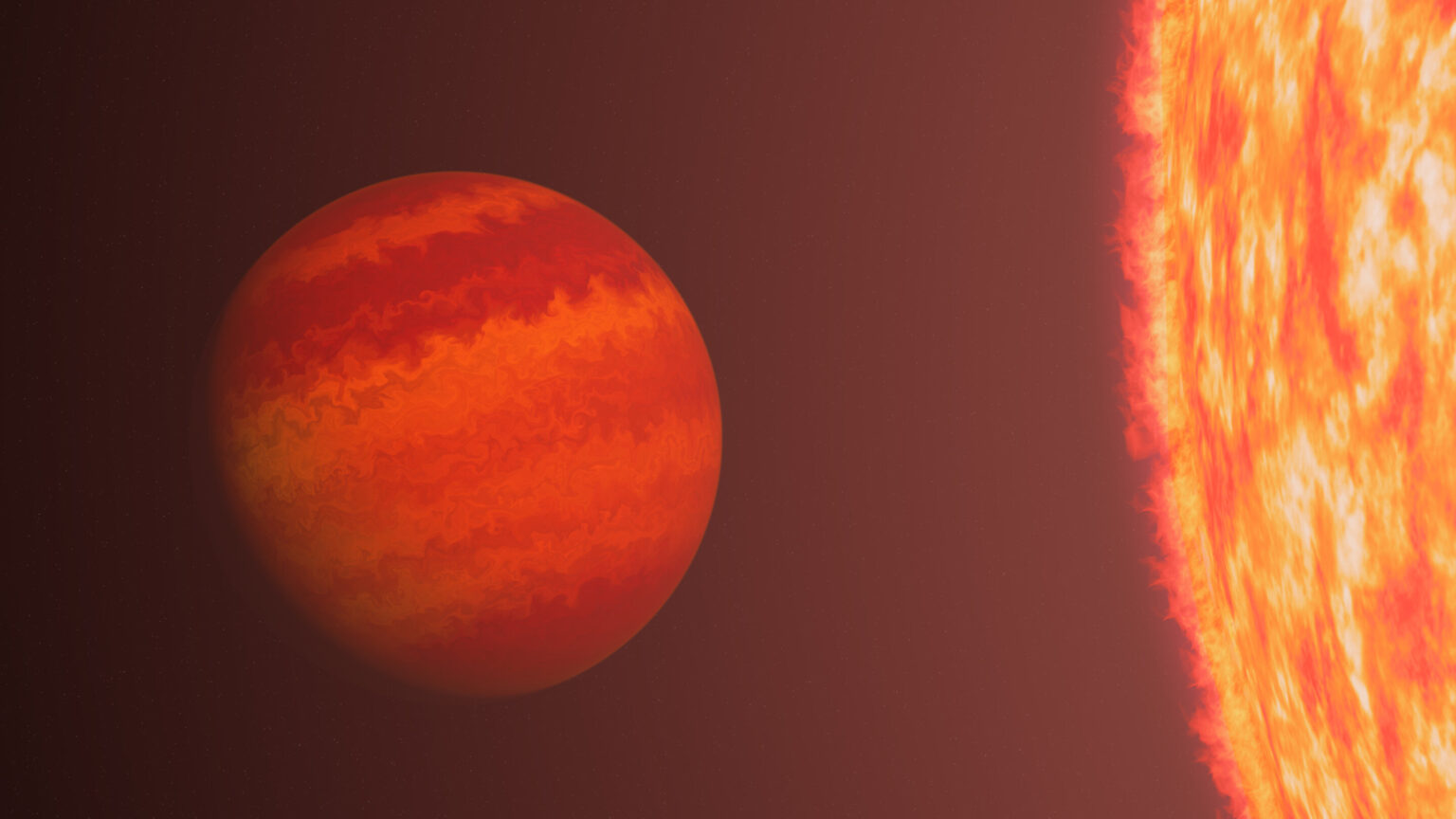Scientists have discovered an amazing world TIC 365102760 b called “Phoenix”. This exoplanet is a hot gas giant that managed to survive near its star despite radiation from it.

Rare alien world
A rare exoplanet, which should have turned into bare rocks under the intense radiation of its star, for some reason grew a loose atmosphere instead. This discovery is forcing scientists to rethink their ideas about the evolution of planetary systems.
The newly discovered planet, named Phoenix for its ability to survive in the rays of the red giant around which it orbits, demonstrates the great diversity of solar systems and the complexity of planetary evolution. This is especially true for its final stages.
The new planet belongs to the category of rare worlds called “hot Neptunes” because they have much in common with the solar system’s ice giant, but is very close to its luminary and is therefore extremely hot.
What does exoplanet Phoenix look like?
Officially named TIC 365102760 b, the planet turned out to be smaller, older, and hotter than anyone would expect. It is 6.2 times larger than Earth, makes an orbit around its parent star every 4.2 days, and is about six times closer to it than Mercury is to the Sun.
Given Phoenix’s age and enormous temperatures, combined with its unexpectedly low density, the process of breaking up its atmosphere is slower than scientists thought possible. They also calculated that the planet was 60 times less dense than any other “hot Neptune” discovered to date, and that it would not live more than 100 million years before beginning to die as it spiraled closer to its giant star.
A team of astronomers was able to gain this knowledge by developing a new method to accurately analyze data from NASA’s Transiting Exoplanet Survey Satellite. Its telescope can detect low-density planets because they perceptibly dim the brightness of their stars as they pass in front of them.
The team of scientists filtered out unwanted light in the images and then combined them with additional measurements from the W.M. Keck Observatory on Hawaii’s Maunakea volcano, a facility that tracks tiny wobbles of stars caused by their orbiting planets.
Similarities between the atmospheres of Phoenix and Earth
The resulting data may help scientists better understand how Earth-like atmospheres can evolve. Scientists predict that in a few billion years, the Sun will become a red giant star that will expand and swallow up Earth and other inner planets.
Puffy planets are often composed of gases, ice, or other lighter materials, making them generally less dense than any other planets in the Solar System. They are so rare that scientists believe that only about 1% of stars have them.


